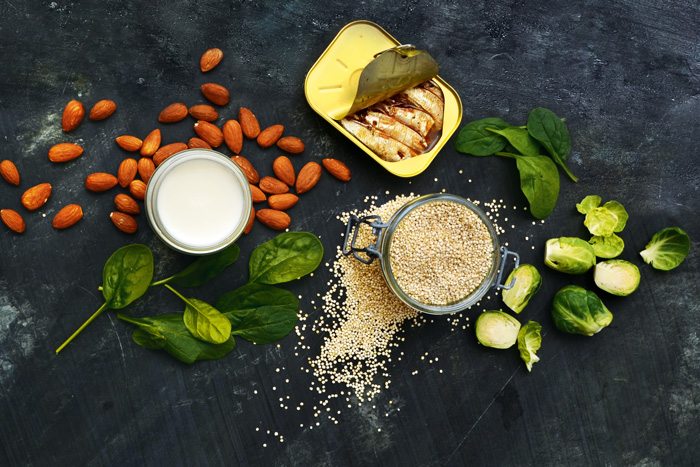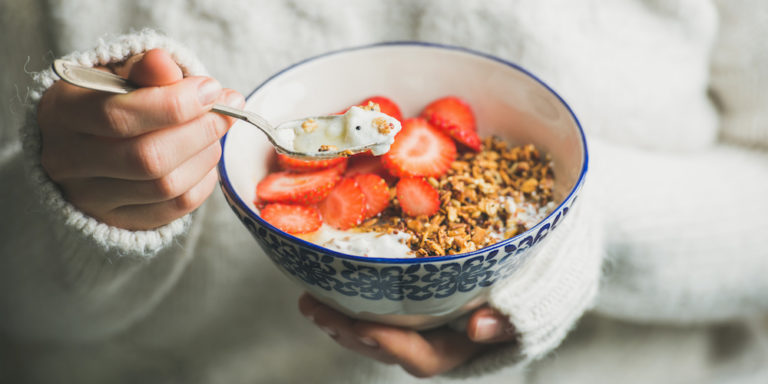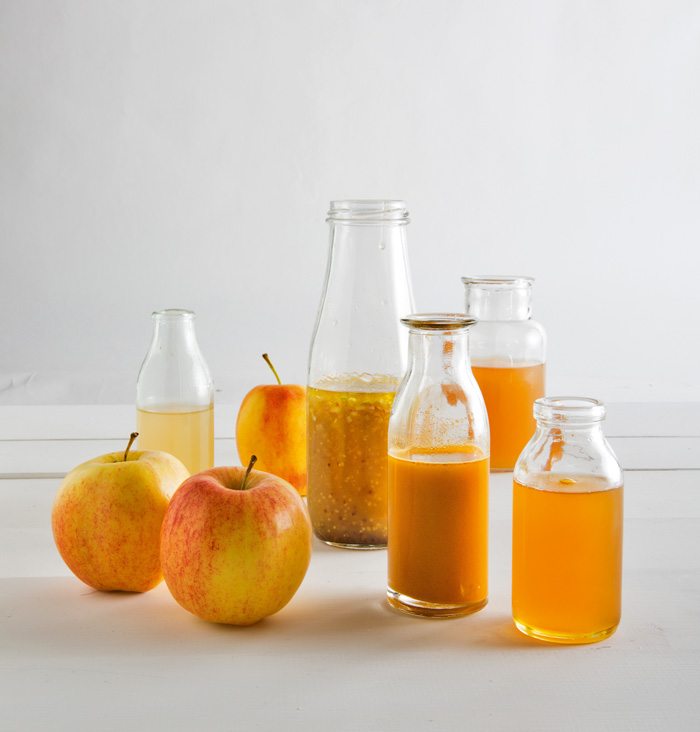There will come a time when broken bones will be replaced with 3D-printed versions or nanofibres will be used to help the bones regenerate (yes, it’s something researchers in Helsinki are working on). Both scenarios are highly likely, although when they will become a reality is still not clear. Until research turns into a practical, and economical, option, we still need to prepare ourselves for the wear and tear that occurs over the years when it comes to our bodies, particularly our bones.
Balancing act
Women in their late 50s and 60s are especially at risk as they are, on average, working with bones that are more slender with less mass than those of men. Changes in muscle strength and bone density mean we all need to consider our diet and exercise routines in an effort to ward off fractures as we age. The main message to take from the healthier bone mantra is that the body absorbs less calcium from food as it ages while changes in hormone levels can affect the density of bones. And that is where vitamin D comes into play, as it aids calcium absorption. Exercise also tops the must-do list as it helps maintain muscle strength as well as bone density. Even gentle exercise improves balance and flexibility, both important factors in preventing falls that can cause fractures. You can top up vitamin D and exercise with a walk or jog in the early morning or late afternoon to ensure you don’t get too much sun.
It’s all a fine balancing act, as is the nutritional input that we need. In a world where resources for traditional foods are at risk, researchers are looking for ‘functional’ foods – those that are abundant and sustainable while providing the necessary nutrients. One such food is brown seaweed, which scientists at Flinders University and the Commonwealth Scientific and Industrial Research Organisation (CSIRO) have developed into an easy-to-drink, non-dairy and non-animal supplement for highly bio-available calcium called NutriThick. Not only are such new foods important to replace foods that are becoming less available, they also provide a nutritional option for people who are lactose intolerant or unable to consume dairy foods.
Necessary nutrients
Calcium and vitamin D top the list of necessary nutrients. Calcium is needed to build bone tissue, with the skeleton home to 99 per cent of the body’s calcium, while vitamin D helps the body absorb calcium. But keeping our need for balance in mind (both figuratively and literally so we don’t fall and break bones), there are a number of other nutrients that we need for good bone health. They are:
Magnesium
Magnesium is crucial to every organ. In relation to bone health, magnesium not only interacts with calcium itself but with vitamin D, converting it into its active form to help absorb calcium. Sources of magnesium include green vegetables, legumes, nuts, seeds and unrefined grains.
Potassium
Research from the University of Surrey published in January 2015 found potassium salts – which are plentiful in fruit and vegetables – reduce bone resorption, the process by which bone is broken down, therefore increasing their strength. The study also revealed that a high intake of potassium salts significantly reduces the excretion of calcium and acid in urine.
Vitamin K
Osteoporosis Australia lists vitamin K as important for maintaining bone strength. Recent research has indicated that vitamin K2 in particular is beneficial. You’ll find it in meat, eggs and dairy foods, especially fermented products such as cheese and yoghurt. Vitamin K2 levels are particularly high in a fermented soybean product known as natto.
Zinc
Well known for its role in healing, zinc is also essential to calcium absorption and bone repair. Sources of zinc include lean red meat, poultry, whole grain cereals, pulses and legumes. Zinc is best absorbed when taken with a meal that contains protein.
Protein
There has been much debate about protein and bone health over the years but it seems, once again, balance is the name of the game. Some studies suggest too much animal protein causes an excess loss of calcium through urinary excretion, but it is also clear that protein is integral to the health of our bones and organs. The solution? A moderate consumption of protein with adequate levels of other minerals and nutrients.
Looking for a suitable Dairy alternative?
What if, for some reason, you are not able to consume dairy products? No need for concern. There is a solution – you just need to understand your alternatives. “Sheep and goat’s milk provide similar amounts of calcium but other soy and other alternative milks do not, unless they are calcium fortified,” explains senior nutritionist Aloysa Hourigan of Nutrition Australia. “Consumers need to check the label to see if a product is calcium fortified.” If you have been diagnosed as lactose intolerant, Hourigan suggests looking for a lactose-free cow milk, such as Liddells, and other lactose-free cow-milk products, such as yoghurt. Containing no or very little lactose, cheeses are often well tolerated. “[People who are lactose intolerant] should be able to tolerate all hard cheeses – as these are lactose free. Softer cheeses have a very small amount of lactose,” Hourigan says.







